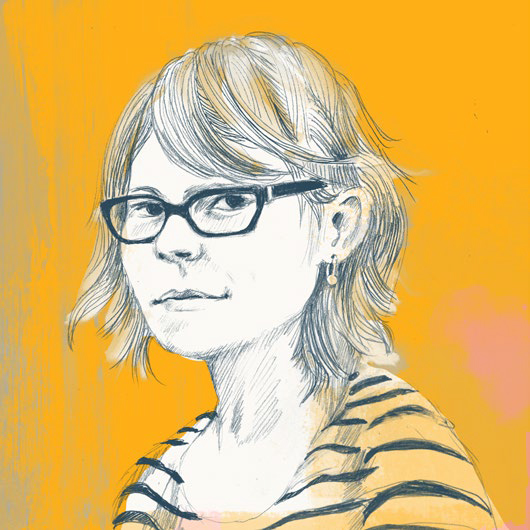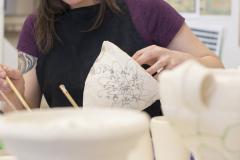Boundaries and Borders

Studio Potter is pleased to present its 90th issue, a special guest-edited edition on "Boundaries and Borders." The following editorial prefaces this issue's articles.
Last summer, as I sought to define the theme for this edition of Studio Potter, Western countries were turning inward, closing their borders, and championing nationalism; in response, individuals and organizations mobilized to advocate for diversity, inclusion, and social justice. As major political and social events unfolded alongside the development of this issue, I relished working with contributors, who addressed the capacity of clay to cross boundaries. Their articles in this issue address many different ways in which ceramicists, through political motivation, artistic drive, and collaborative spirit, are expanding the borders and understanding of our field.
Having returned to Canada to teach after years of making pots in the U.S., I’ve thought a lot about the role the border between the two countries has played in shaping my worldview. From a distance, the two nations appear similar in many ways, but their citizens’ individual political approaches are reflections of subtle distinctions in perspectives and behaviors. Exploring this border from a historical viewpoint, Mary Ann Steggles reflects on how cultural and political differences spurred American artists to seek alternative lifestyles in Canada during the Vietnam era. She identifies the impact these immigrants had on Canadian ceramics.
I was curious how bounds are experienced and conveyed through contemporary ceramic artwork, both metaphorically and narratively. Saba Stovall writes on the work of Mac McCusker. Through humor and cultural references, hir sculpture records elements of this historic era of civil rights, particularly those of the LGBTQIA community. Lauren Sandler uses iconic pottery forms as a means of introspective examination of the contrasting powers of repression and freedom.
As artists, we can impose limits on our work, constraining our choice of materials, forms, and surfaces. Conversely, these boundaries can define the edges that we push against. How does working across materials shift our conception of what is possible? Jeweler Paul Leathers reflects on how artist residencies in China motivated him to integrate ceramics into his practice. He articulates perpendicularity as a “way of re-examining one’s own routine as the stranger” and says that a departure from the familiar establishes new boundaries in individual practice and within the field.
In developing this issue of Studio Potter, I aimed to highlight artists operating on a fiercely local level. The Localvore and Slow Food movements seem a natural companion to clay. Plough Gallery, a collaboration between Mark Errol and his partner Glenn Josey, has brought the elements of food and craft together in Tifton, Georgia. Hosting events that focus on the relationship between handmade pots, food, and drink, Mark and Glenn have created a space that raises their community’s awareness of handmade objects.
As each article in this issue demonstrates, members of the ceramics community are reaching across divides, sharing their perspectives, and developing a deeper understanding of others. Boundaries and borders have the capacity to constrict movement or provide protection from the unknown, but they are at their most dynamic when people are determined to cross them.
-- Martina Lantin

